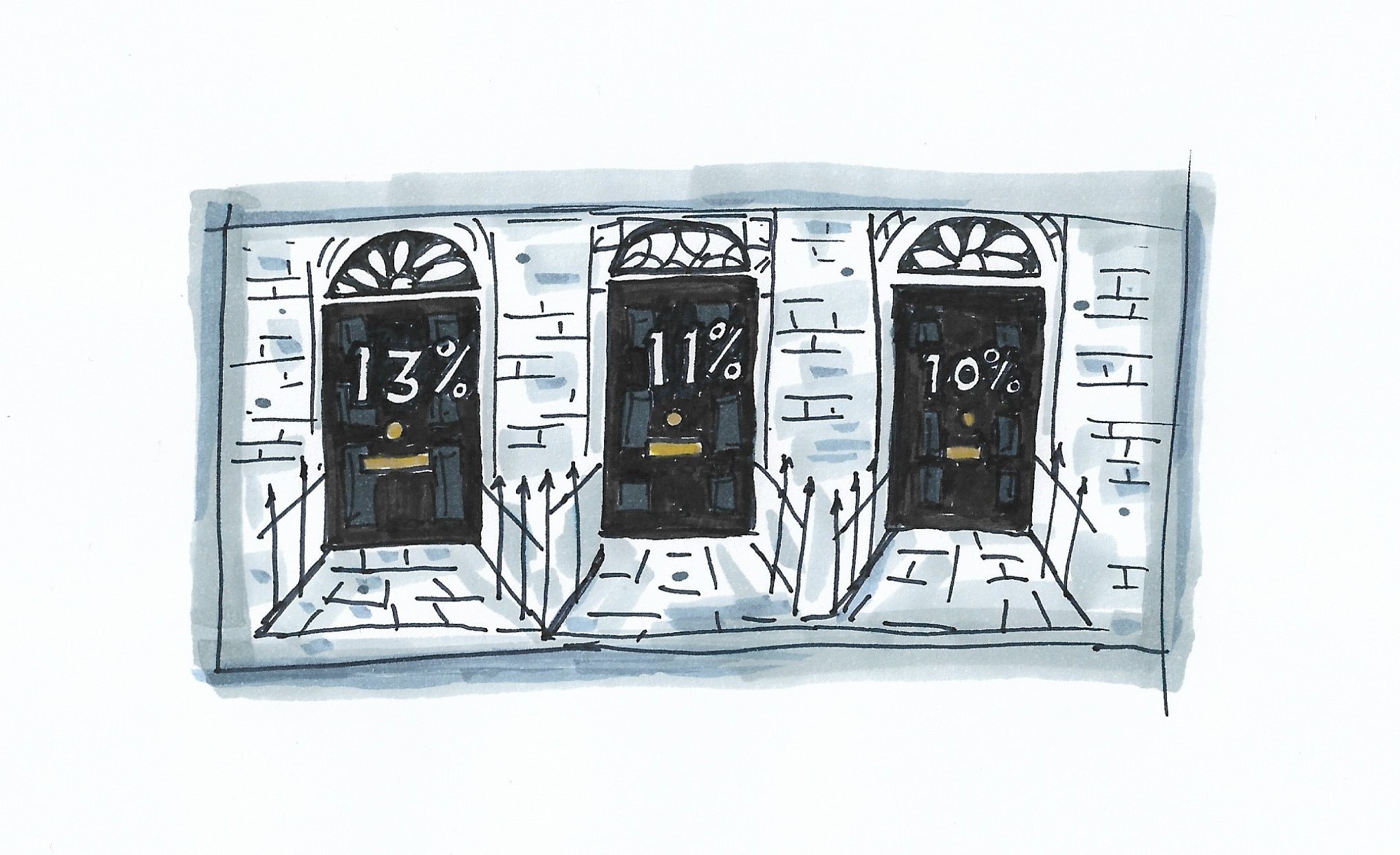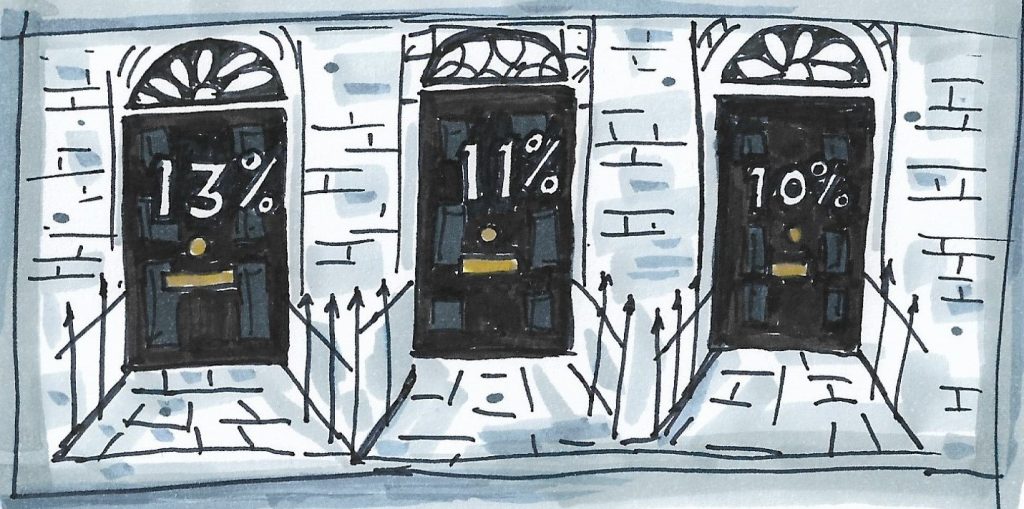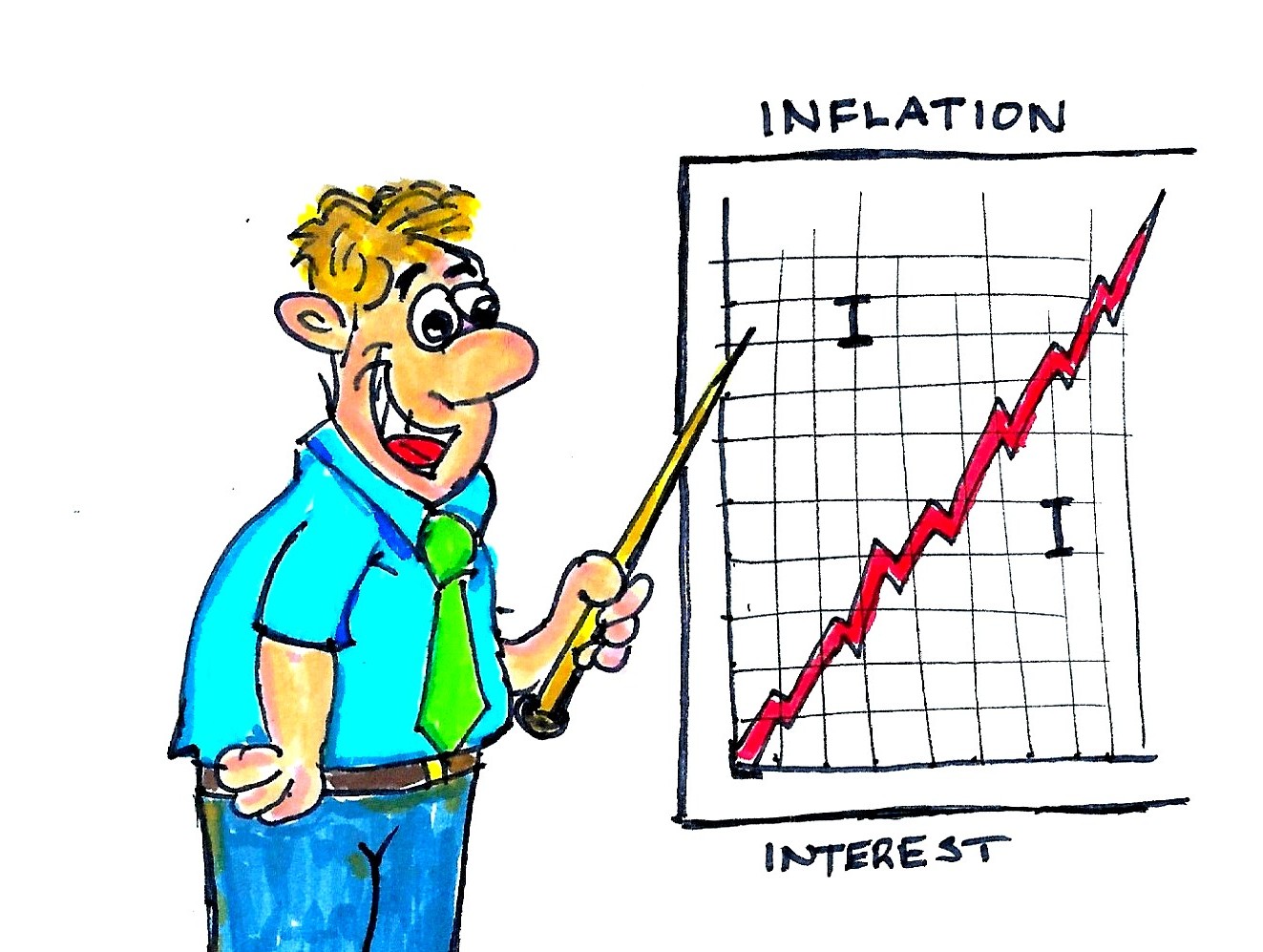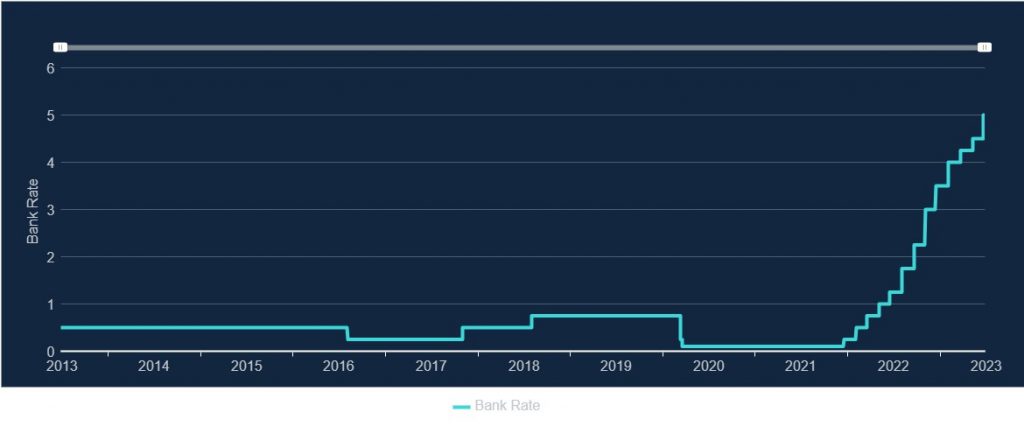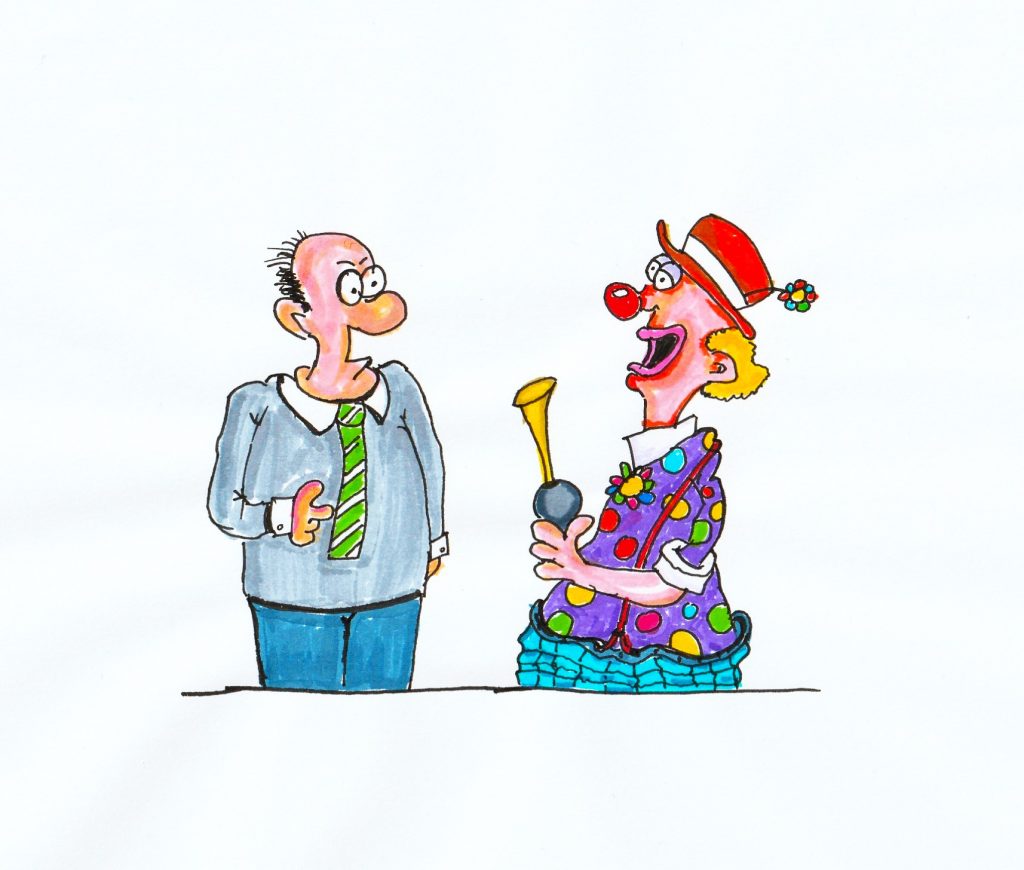Federal Reserve officials in December concluded that interest rate cuts are likely in 2024, though they appeared to provide little in the way of when that might occur, according to minutes from the meeting released Wednesday 3rd January 2024.
FOMC meeting minutes
The rate-setting Federal Open Market Committee (FOMC) agreed to keep its rate steady in a range between 5.25% and 5.5%. Members indicated they expect 0.75% cut by the end of 2024.
Uncertainty
However, the meeting summary noted a high level of uncertainty over how, or even if, that will happen. Markets have reacted negatively to this news.
The minutes noted an unusually elevated degree of uncertainty about the policy path. Several members said it might be necessary to keep the funds rate at an elevated level if inflation doesn’t cooperate, and others noted the potential for additional increases.
But, despite this cautionary tone from Fed officials, markets expect the central bank to cut rates in 2024.
Dot plot
The dot plot of individual members’ indications released following the meeting showed that members expect cuts over the coming three years. This will bring borrow back to the 2% desired target.
The minutes indicated that clear progress had been made against inflation, with a six-month measure of personal consumption expenditures even indicating that the inflation rate has edged below the Fed’s 2% target.
FOMC Dot plot projections through 2026

However, the document also noted that progress has been uneven across sectors, with energy and core goods moving lower but core services still moving higher.
The Dot plot – what is it?
The dot plot, in relation to the FED or FOMC, is a chart that shows the projections of the Federal Reserve Board members and Federal Reserve Bank presidents for the federal funds rate, which is the interest rate that U.S. banks charge each other for overnight loans.
The dot plot is updated four times a year, after each FOMC meeting, and reflects the individual views of the policymakers on the appropriate level of the federal funds rate for the current year, the next few years, and the longer run.
The graph (dot plot) can help markets and the general public understand the Fed’s monetary policy stance and expectations for the future path of interest rates.
However, the dot plot is not a policy commitment or a forecast, but rather a snapshot of the opinions of the FOMC participants at a given point in time. The dot plot can change over time as new information and economic conditions develop.


























